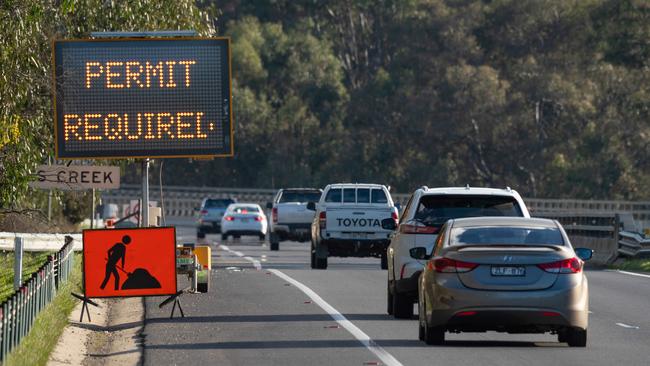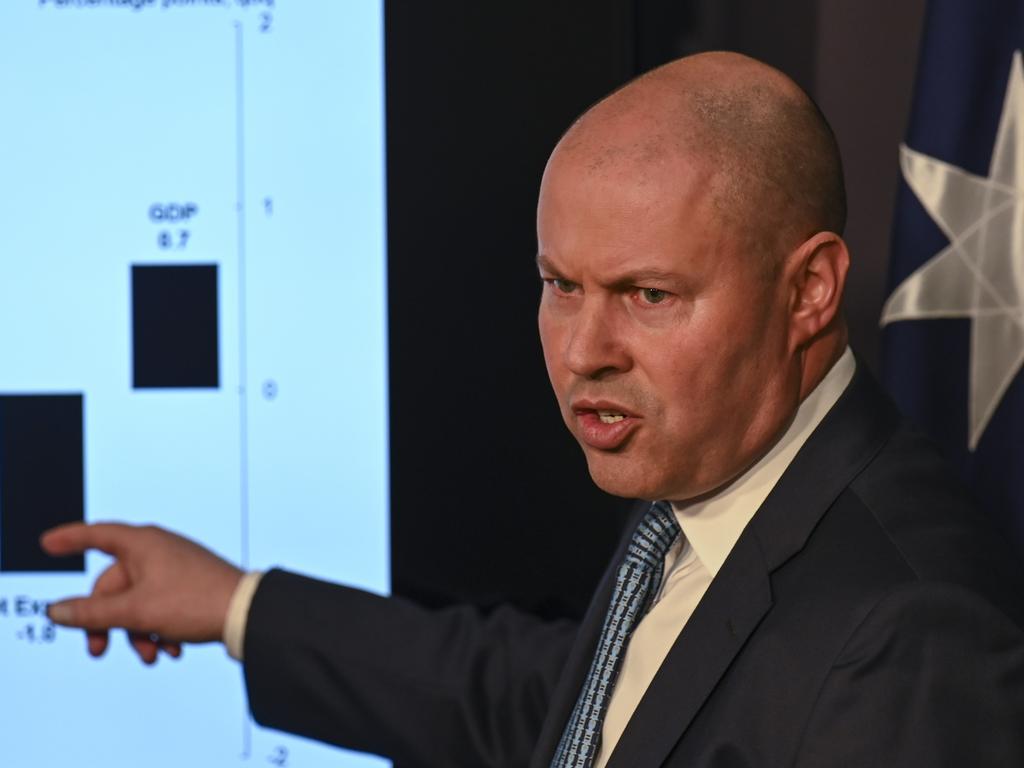
The economy grew 0.7 per cent in the second quarter from the first quarter, well above the 0.4 per cent growth forecast by economists.
Just days ago, there were real concerns that second-quarter growth would print as a negative number, setting up the country’s second recession in as many years, with activity in the third quarter already crippled by lengthening lockdowns in Sydney and Melbourne.
For the RBA, the growth numbers will be warmly welcomed, but also viewed as historical, arming policy makers with little new information about what to expect from the second half of this year.
The economy glowed white hot between January and June, but that optimism has dulled. The RBA has already pulped the economic forecasts it published in August with little to be gained for it by rushing into revised forecasts now.
A justifiably upbeat RBA announced at the start of July a plan to taper its weekly government bond buying from $5bn to $4bn this month, with a further review to be conducted in November. The move meant it was taking its foot off the policy accelerator a little bit.
The amount of federal and state government bonds bought by the RBA each week is a key weapon in helping to keep a lid on the cost of borrowing for firms and those seeking a mortgage. The so-called quantitative easing program has run smoothly since late 2020 and helped support the economic recovery.
The decision to start the taper made sense in early July with unemployment falling below 5 per cent.
The question now is does it still make sense with economic growth cratering and risks rising around higher unemployment.
Some economists such as Gareth Aird, head of Australian economics at the Commonwealth Bank, have already declared that recession-like conditions are now apparent, while Westpac chief economist Bill Evans has argued the RBA should toss out the taper plan, and actually increase its bond purchases given the sudden downward shift in the economy.
For the RBA, a decision around its taper will rest mostly on expectations for the fourth quarter, when rising Covid-19 vaccination rates are expected to allow a lifting of lockdowns and some resumption of normal business activity.
The RBA is still largely wedded to the idea that the end of lockdowns will drive a spending spree of such magnitude that the economy will be restored to growth quickly, setting up a banner 2022.
But there’s a lot of room for doubt around that scenario.
If lockdowns in Sydney and Melbourne stretch deep into November as many expect, avoiding negative GDP growth in the fourth quarter will be difficult, if not next to impossible.
Any lifting of lockdown measures will be triggered by vaccinations and not because Delta variant cases have fallen to zero.
The expected surge of people and cash back into clubs, cafes, malls and restaurants might well be stunted as people discover that living with Covid-19 still requires a lot of personal caution.
State government leaders will also shape the reopening of Australia.
While some have failed to contain the virus, many of the smaller states have had great success. The prospect of a synchronised reopening of state borders is looking very remote.
It would be political suicide for any state leader who suddenly invited a surge in Covid-19 cases by walking away from the one prevention they can control, traffic at the borders.
Australia’s emergence into a world of living with Covid-19 is going to be a highly disrupted moment in history, with few if any guarantees that the bellows of growth will fill quickly.
That realisation may shape the RBA’s decision around tapering next week.
The level of uncertainty is extreme and argues for a delay of the taper and reassessment of the plan in early 2022.
The Wall Street Journal








Australia’s economy grew faster than expected in the second quarter, damping recession fears and setting the scene for what is expected to be a fairly vigorous debate around the Reserve Bank of Australia’s board table on Tuesday over whether it should start withdrawing some monetary stimulus.